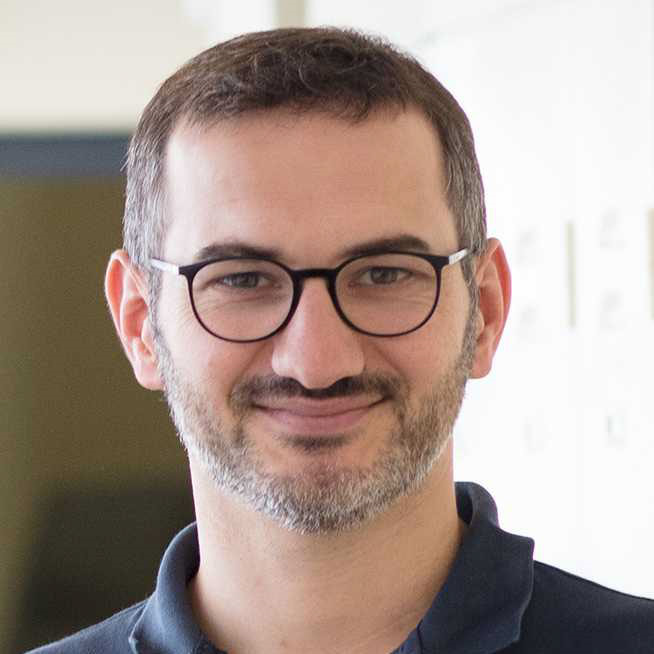Keynotes
Reflections on a Decade of Mobile Security Research
The emergence of the smartphone in the late 2000s occurred during a perfect storm of technology and society. Advances in embedded technologies provided a critical balance of computing power and energy consumption. The integration of accelerometers and GPS sensors provided valuable primitives for innovative applications, and 3G cellular technologies provided enough data capacity for meaningful interactions with servers. Simultaneously, social networking was taking off, giving consumers a reason to increasingly engage with computing. The mobile industry capitalized on this opportunity, opening the traditionally tightly controlled environment to third-parties and providing a streamlined way for application developers and consumers to discover and commodify computing. Today, Web traffic from smartphones exceeds that of traditional desktops and laptops.
The initial reaction of the security research community was cautious, not seeing what made this form of computing different. In many ways, smartphones are the same as traditional consumer platforms. Consumers download and run third-party software that connects to servers on the Internet. However, there are key ways in which smartphones are different. Some of these differences are technical. For example, smartphones never turn off and are continually collecting information. They also present a new runtime abstraction where each application is a security principal. Other differences are rooted in how we use them. Our smartphones are always with us, and as a result they have become the transport vehicle for micro-doses of dopamine that feeds our Internet addicted society. They are the first thing we look at in the morning, the last in the evening, and means of avoiding boredom throughout the day.
Despite initial reservations, the past decade has seen a boom in security research studying smartphones and mobile technologies. While this research started at the application layer, it has gradually worked its way down the stack, considering operating system frameworks, trusted execution environments, attached hardware peripherals, baseband radios, and expanding into the cellular network itself. In this talk, I will reflect on the advances and knowledge we have gained through mobile security research and what these results mean for the broader area of security research. The tables have now turned, and computing technology is adopting advances made by mobile devices.


William Enck
William Enck is a Professor in the Department of Computer Science at the North Carolina State University where he is co-director of the Secure Computing Institute (SCI) and director of the Wolfpack Security and Privacy Research (WSPR) laboratory. Prof. Enck’s research interests span the broad area of systems security, with a focus on access control in emerging and complex systems such as those found in mobile platforms, Internet of Things (IoT), networks, and cloud infrastructure. In particular, his work in mobile application security has led to significant consumer awareness and changes to platforms, as well as a SIGOPS Hall of Fame Award. Prof. Enck is currently serving as a director at large for the USENIX Board of Directors, as department editor for IEEE Security and Privacy Magazine, as associate editor for ACM TOPS, and on the steering committee of the USENIX Security Symposium. He was program co-chair of USENIX Security 2018 and ACM WiSec 2016.
Physical-Layer Attacks and Their Impact on Wireless Networks: Two Case Studies
In this talk, I will discuss physical layer attacks on wireless networks, including attacks on GNSS systems, UWB ranging and cellular networks. Although these attacks differ in their goals and adversarial models, they share some commonalities - they attack the mechanisms that cannot be solely protected by cryptographic means.
In particular, I will show how physical layer attacks can defeat the security of recently deployed commercial UWB ranging systems that are used in modern phones and vehicles. I will then show how these attacks can be used to deploy powerful DoS and tracking attacks on modern cellular networks. Finally, I will discuss the new research opportunities in this broad domain that emerge with the deployment of new types of networks and communication systems.


Srdjan Capkun
Srdjan Capkun (Srđan Čapkun) is a Full Professor in the Department of Computer Science, ETH Zurich and Director of the Zurich Information Security and Privacy Center (ZISC). He was born in Split, Croatia. He received his Dipl.Ing. Degree in Electrical Engineering / Computer Science from the University of Split in 1998, and his Ph.D. degree in Communication Systems from EPFL in 2004. Prior to joining ETH Zurich in 2006 he was a postdoctoral researcher in the Networked & Embedded Systems Laboratory (NESL), University of California Los Angeles and an Assistant Professor in the Informatics and Mathematical Modelling Department, Technical University of Denmark (DTU). His research interests are in system and network security. His focus areas are wireless security (in particular secure positioning), and system security where he focuses on trusted computing and blockchain technologies. He is a co-founder of 3db Access, a company focusing on secure distance measuement and proximity-based access control, and of Futurae a spin-off focusing on usable on-line authentication. In 2016 he received an ERC Consolidator Grant for a project on securing positioning in wireless networks. He is a fellow of the ACM.
Everything is Connected: Security and Reliability for Critical Infrastructure


Gabriela F. Ciocarlie
Gabriela F. Ciocarlie, Ph.D., is an associate professor in the Department of Electrical and Computer Engineering at The University of Texas at San Antonio and Vice President for Securing Automation and Secure Manufacturing Architecture for CyManII. Her expertise is in anomaly detection, distributed alert correlation, network and application level security, cyber physical systems security and distributed system security. Before UTSA, Gabriela was the Chief Product Officer at Elpha Secure and a senior technical manager of SRI’s New York City research hub focused on cyberanalytics, which she established in 2016. Gabriela holds a Ph.D. and an M.S. in computer science from Columbia University, and a B.Eng. in computer engineering from Polytechnic University of Bucharest.












